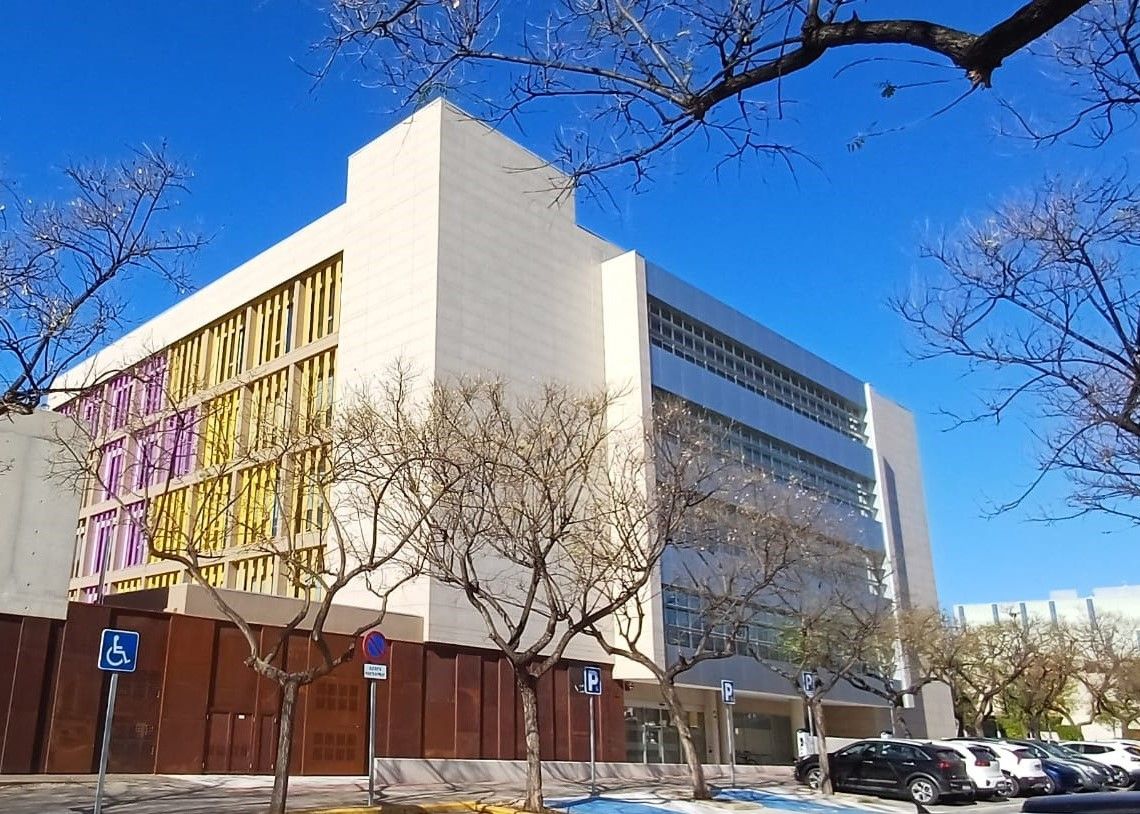Newsletter Abril 2025 | Nº14
¡Ya está aquí la edición #14 de nuestra newsletter de abril! Este mes te traemos proyectos innovadores, eventos inspiradores y avances científ...

El Instituto de Nuevas Tecnologías de la Imagen (INIT), creado en 2009, pertenece a la Universitat Jaume I de Castelló de la Plana.
El INIT, es un centro de referencia en I+D+i, que tiene como objetivo principal impulsar:
la investigación de calidad que contribuya al avance del conocimiento.
la innovación tecnológica que mejore la calidad de vida de los ciudadanos y la competitividad de las empresas.
Proyectos y Contratos
Entidades colaboradoras
Patentes y Registros de Propiedad Intelectual
Ponemos a tu alcance nuestro conocimiento. El INIT cuenta con 5 áreas de I+D+i, que se divide en 10 secciones:
Computación Visual
Tecnología Geoespacial
Inteligencia Artificial
Análisis de Datos
Óptica



15 años de experiencia en tecnologías de la imagen
Desarrollo de demostradores/ prototipado/ prueba de concepto para nuevos productos
Asesoría y Consultoría
Formación
Participación en proyectos
En el marco del InnDIH – European Digital Innovation Hub de la Comunidad Valenciana– el Instituto de Nuevas Tecnologías de la Imagen de la UJI ofrece servicios tecnológicos subvencionados para contribuir a la digialización de las pymes y las administraciones públicas e impulsar el desarrollo económico regional:
I+D en tecnologías digitales, concepto, diseño, demostradores / pilotos / prototipos / pruebas de concepto para nuevos productos.
Asesoramiento en el desarrollo o uso de las tecnologías digitales.
Además, el InnDIH también ofrece otros interesantes servicios tecnológicos interesantes para empresas o administraciones públicas: acceso a datos, experimentación y demostración, networking, asesoramiento en financiación, etc.
No dudes en ponerte en contacto con nosotros. Escríbenos a ucie-init@uji.es para comenzar tu viaje hacia la digitalización.
¡Ya está aquí la edición #14 de nuestra newsletter de abril! Este mes te traemos proyectos innovadores, eventos inspiradores y avances científ...
¡Ya está aquí la edición #13 de nuestra newsletter de marzo! Este mes viene cargado de novedades: VII Jornada VIGILANCER: Exploramos el futuro...
Inmaculada Remolar Quintana, directora del Instituto de Nuevas Tecnologías de la Imagen (INIT), ha contribuido con su experiencia en un artículo publi...
Agenda una reunión, contactando con nosotros a través del siguiente correo: ucie-init@uji.es. Para cualquier otra consulta rellena el formulario
Localización
Edificio de Investigación II, 3 piso
Avda. Sos Baynat, s/n
Universidad Jaume I
Castellón de la Plana. Castellón
12071 España
Teléfono
+34 964 38 7764
Fax
+34 964 38 7678